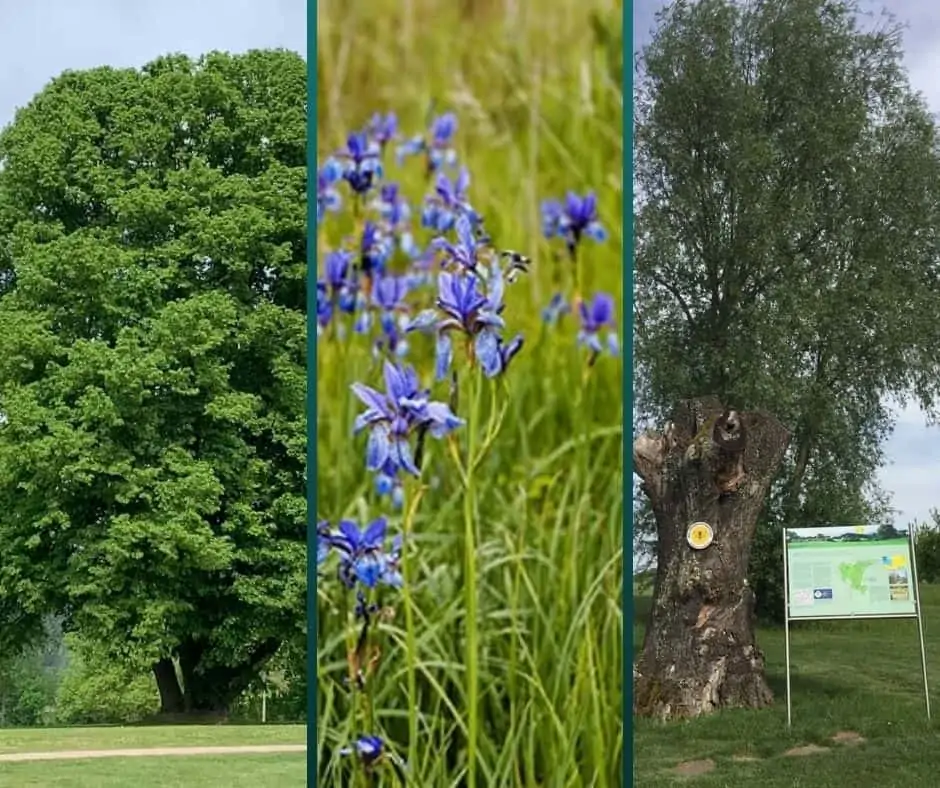Natural monuments on three golf courses
They are regarded as “ambassadors of environmental awareness” – natural monuments are landscape elements that are under nature protection and are special from the point of view of the authorities. There are several thousand of them in Baden-Württemberg alone, and a few can also be found on golf courses: On the grounds of the GC Ulm, the Freiburg GC and the GC Kirchheim-Wendlingen in Germany, you will find proof that some golf courses are particularly worthy of protection plants are cared for and promoted over decades. So it’s no wonder that all three facilities take part in the ” golf course habitat ” campaign in Baden-Württemberg as well as in the nationwide ” Golf & Nature ” program.
Lime trees from 1648 at GC Kirchheim-Wendlingen
In Baden-Württemberg, two golf courses stand out with their unusual trees: In the GC Kirchheim-Wendlingen there is an old small-leaved lime tree from 1648 on the side of hole 9. It was planted as a peace lime tree after the 30-year war and was the final tree in an avenue of lime trees on the way down to Bodelshofen. It has been considered a natural monument since 1941, although for safety reasons it has since had to lose its crown and branches. A replacement planting has long been planted in Kirchheim Wendlingen. On the occasion of the 20th anniversary of the golf club, another lime tree was planted in the immediate vicinity, which is now also prominent.
The lime trees at Freiburger GC
At Freiburger Golf Club, the three huge lime trees also immediately catch the eye, which are marked there as natural monuments and characterize the respective fairways. The accumulation of three natural monuments at the same time on a golf course is unusual and otherwise never occurs again in Germany.
The Iris Sibirica at GC Ulm
As striking as the trees in Kirchheim-Wendlingen and in the Freiburg GC are, the natural monument of the GC Ulm is just as inconspicuous: Here an Iris Sibirica was marked as a natural monument because it is considered a particularly rare species of iris. While the area on the golf course was fenced off for protection a few years ago, the club’s golfers now understand the importance of the plant and do not enter the area.
The protection of natural monuments is regulated in Section 28 of the Federal Nature Conservation Act in Germany. In addition to individual trees, natural formations or special areas can also be designated as natural monuments. The Lower Nature Conservation Authority assesses whether a plant or tree can be designated a natural monument.
Register natural monuments
So it is quite possible that there are natural monuments on other golf courses. Anyone interested in having these categorized as natural monuments should contact the authorities. In principle, however, natural monuments may no longer be altered once they have received this classification. On the other hand, they prove the exemplary care of nature on the respective golf course.







